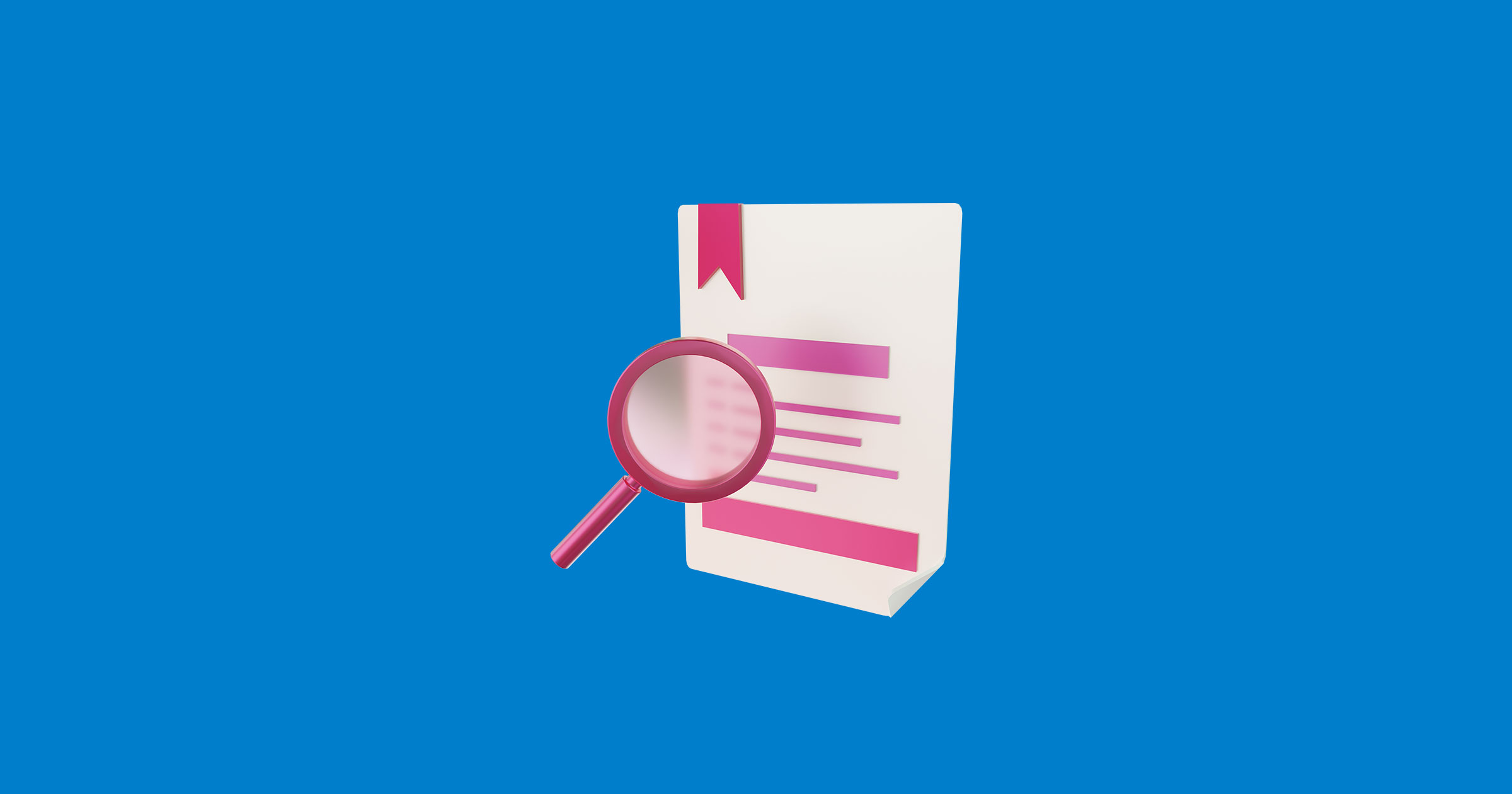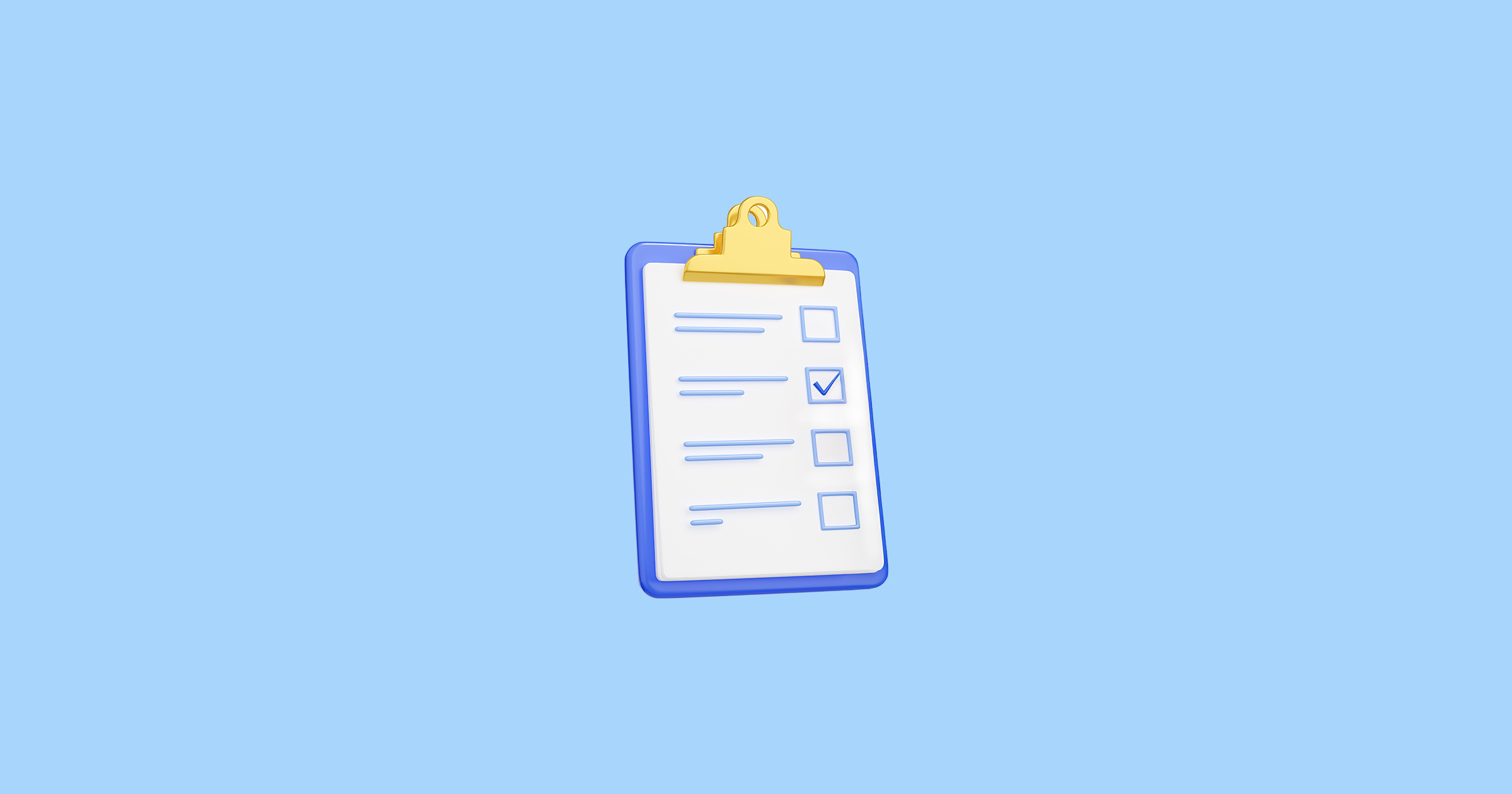When it comes to money matters, it always helps to have a complete understanding of what you’re getting into. This is especially true of legally binding documents like loan agreements.
Knowing exactly what you signed on for can save you a lot of trouble in the long run. To help you break down a loan agreement, consider this step-by-step guide for individual borrowers.
Step 1: Make sure all information is correct
Take the time to read and reread the agreement. The spellings and accuracy of your personal details, the lender’s information, and important dates are some of the basics to go over.
Step 2: Check how much you’ll receive
As a borrower, you probably care the most about the amount you’ll get from your lender. Take a look at the following:
- The principal amount or loan amount you’ll borrow from the lender.
- The effective date which is the date the lender will give you the loan amount.
Keep in mind that you’ll likely pay more than the principal amount due to interest and fees. Lenders may deduct some fees from the loan amount so make sure you’re borrowing enough money to cover these charges and the funds you’ll need.
Step 3: Review the payment terms
The next thing to understand is repayment. Find out when and how you’ll pay back the money you borrowed. Here are the things to know:
A. Interest rate
This will determine how much your debt will grow. You need to know whether you’ll be charged a fixed or variable rate.
A fixed rate means the interest rate will remain the same throughout the loan term. Variable interest, on the other hand, will change and likely increase over time.
Variable interest is usually adjusted every year during the anniversary of the loan via a loan repricing agreement.
B. Repayment terms
Check how often and for how long you’ll pay the loan amount. Many lenders expect to receive monthly installments until you’ve paid back the principal plus interest and fees at the end of the loan term.
Take note of clauses that include due on demand or lump sum payments. Such provisions may allow lenders to demand that you pay them in full at any time.
C. Payment method
This is how you’ll send payments to the lender. It may be done via debit-to-account, post-dated checks, cash deposits, or wire transfers.
D. Down payment
Some types of loans, like housing or car loans, require a down payment. The amount is usually a portion of the property’s selling price.
E. Additional fees
Aside from the interest, you may need to pay fees to cover the costs of loan processing.
Before agreeing to any loan, assess your capacity to pay it back given the schedule and fees that can add up.
Step 4: Know what can happen if you don’t pay on time
To fully understand what it means to take on debt, you should learn what might happen in case you pay late or default on a loan. Learn the following terms:
- Penalties – Late payment fees may apply if you miss due dates.
- Collateral – Secured loans require a collateral, which is something you own that has considerable value. The lender can take possession of the collateral if you default on a loan. There are also unsecured loans like personal loans where there’s no collateral.
- Co-maker – There are loans that require a co-maker as a condition for approval. This is a person who is legally obligated to pay the loan and its fees the moment you miss a payment.
- Guarantor – Some loans require a guarantor who can shoulder the debt. Different from a co-maker, the lender will only go after the guarantor after trying all options to collect payment from the principal borrower.
- Grace period – Before imposing late fees, some lenders may give you a number of days to make a payment past the due date.
If you’re in a good place financially, you may think about paying off your loan before the term ends. Take note that some loan agreements include an early payment or pretermination fee if you settle a debt before its maturity.
It’s best to ask your lender and run the numbers before deciding to pre-pay your loan.
Things to remember:
- Make sure you’re ready for a loan before entering into any agreement.
- Borrow only from reputable lenders or institutions. Look for ones that are authorized by the Securities and Exchange Commission (SEC) and regulated by the Bangko Sentral ng Pilipinas (BSP).
- Don’t be afraid to ask questions or reconsider the loan if there’s anything unclear or confusing in the agreement.
- The components of a loan agreement may vary depending on your chosen lender and the type of loan.




